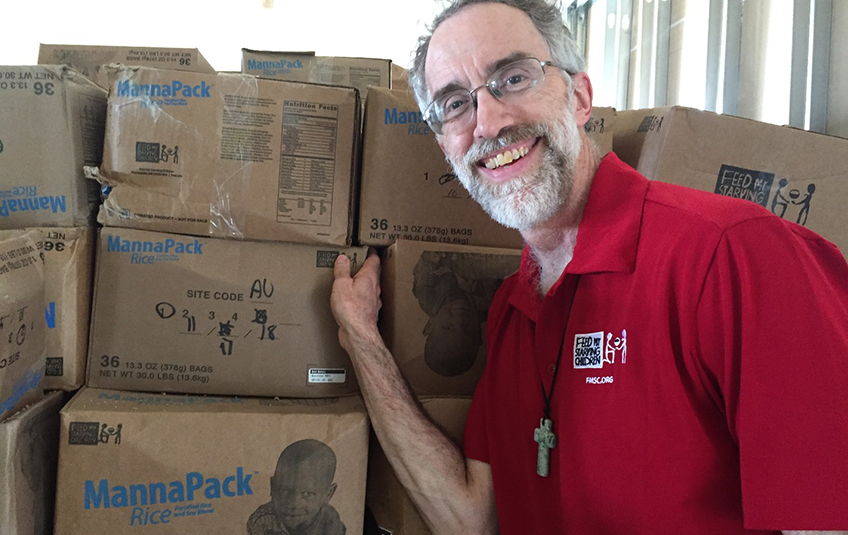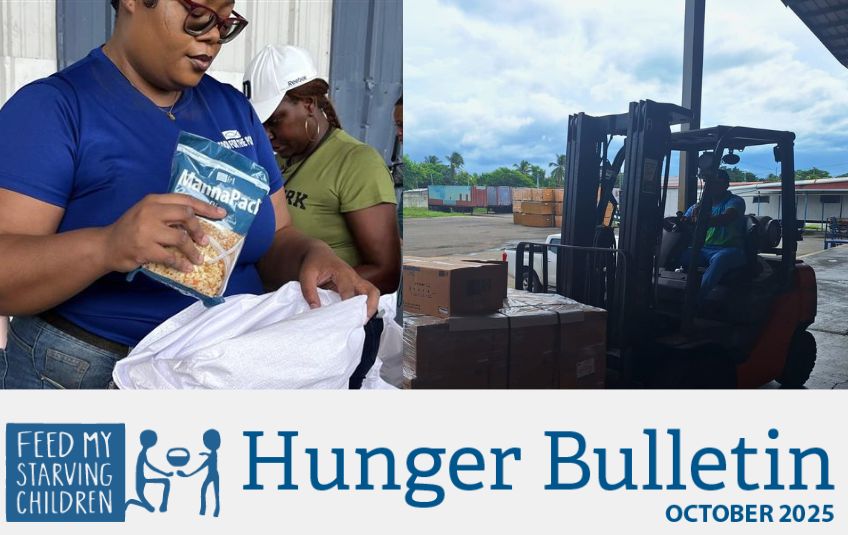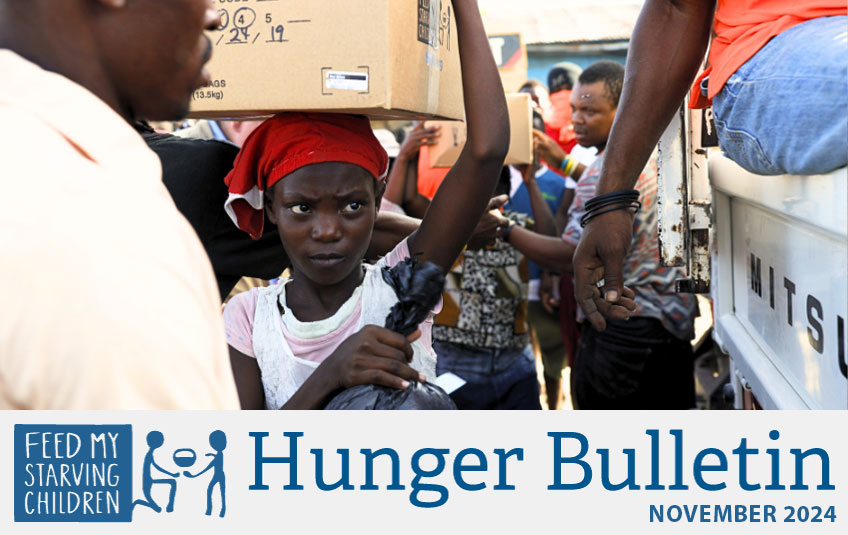The Feed
Stories of Feeding God's Children Hungry in Body & Spirit
Dick is part of a team that hosts the Feed The Need MobilePack every year in Naperville, Illinois. Here he shares reflections from going on a Food In Action Trip (FIAT) directly after his annual MobilePack event.
The last two weeks of February were very hectic and extremely rewarding.
The weekend of February 16 and 17 was the culmination of several months of planning, organizing, recruiting, inviting and fundraising. I was closely involved in the Feed The Need MobilePack.
An annual event, this being our 10th, where the community – faith partners, businesses, schools and general population – all come together at North Central College in Naperville, Illinois and pack meals for starving children.
This year we packed 1.3 million meals in 36 hours. This took six two-hour packing sessions, and 1,000 volunteers per session.
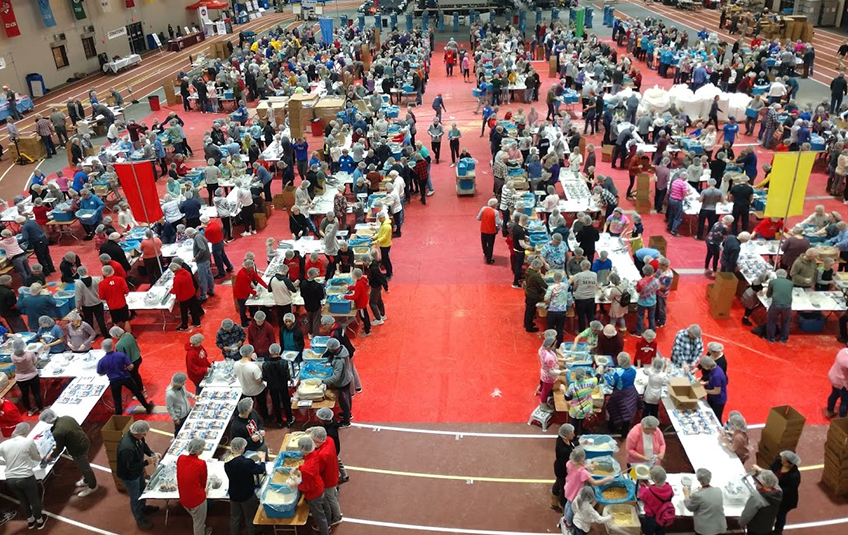
Volunteers gathered around packing stations and funneled scientifically formulated ingredients into plastic bags which were then sealed, placed in boxes and hauled to the warehouse to be wrapped and strapped onto pallets, ready for shipping.
By the time the weekend was over, the community had packed 1,330,992 meals, our largest MobilePack ever.
FMSC and the World Food Programme estimate that 6,200 children each day die of starvation or hunger-related causes – roughly one child dying every 15 seconds. Further, WFP has called starvation “the world’s greatest solvable problem.” FMSC is helping with the solution.
Food In Action
After two long and grueling days packing food (and some pre-setup and post-teardown work), I had to quickly change my focus to an FMSC Food In Action Trip (FIAT) to the Dominican Republic, leaving the following weekend. The purpose of this trip was to establish and reinforce relationships with the distribution partners and food recipients, and to deliver some of the food as well.
The trip took us into the bateyes – communities of mostly Haitian descent living near the sugar cane fields. Harvesting sugar cane, their sole source of income, is back-breaking work, but for many, it is all they have. At two of the bateyes we visited, we distributed FMSC food and prayed with the recipients.
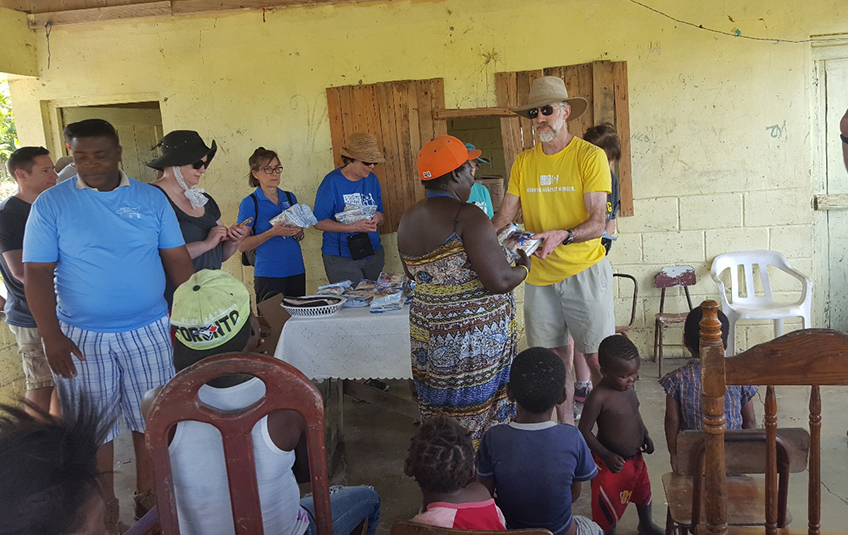
We also visited a home for severely handicapped children, an elementary school and a hospital / medical center / food distribution depot. The home feeds MannaPack Rice to the children. The elementary school uses the food as outreach to neighboring communities and plans to expand their use of the food in the school (families are more likely to send their children to school if they will be fed). The hospital also delivers food in the surrounding areas. Its food requests have increased four-fold in the past three years and they expect it to double again this year.
'My Box'
One story, personally meaningful to me, happened on the visit to the hospital where we visited the room where they stored the boxes of food prior to distribution. Whenever there are boxes of food, people on the trip look for boxes from their site. We had people on this trip from Minnesota and Illinois, so the competition was intense.
Amid all the boxes in the warehouse:
I found one from my “home site,” Aurora, Illinois.
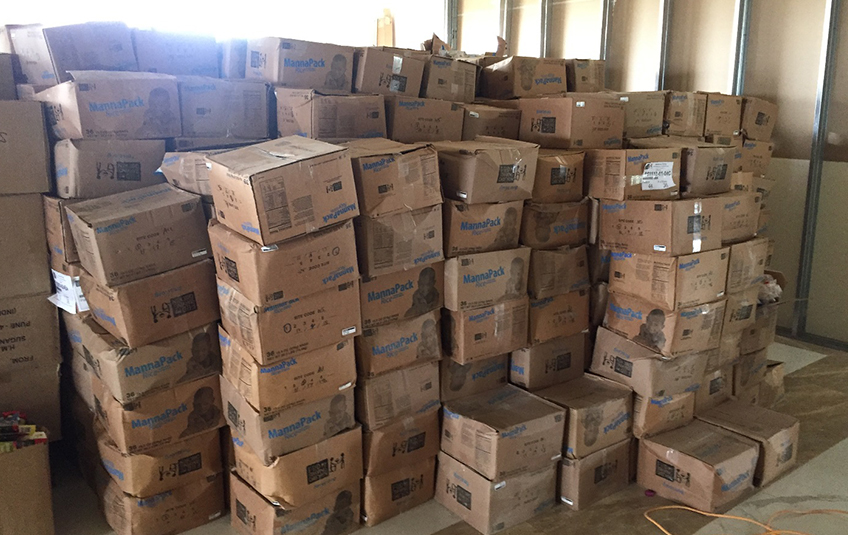
The “kicker” is that not only is it from my site, but it is from a packing session that I attended, and at which I carried boxes from the packing room to the warehouse. So “my box” made it to the DR for distribution.
In conclusion, the FIAT showed me the difference that FMSC meals are making in the DR, and extrapolating, worldwide. I saw true poverty here, unlike anything in the U.S.
And amidst the poverty I saw hope.
While the demand for food is increasing, one could interpret that to mean that the food is reaching more people every day. With 6,200 children dying each day, the situation is bad. But with FMSC food helping with the solution, it is getting better. Much better.
Quote Here.
More Blog Content here
Subscribe to The Feed
We'll periodically send stories of hope to your inbox.

